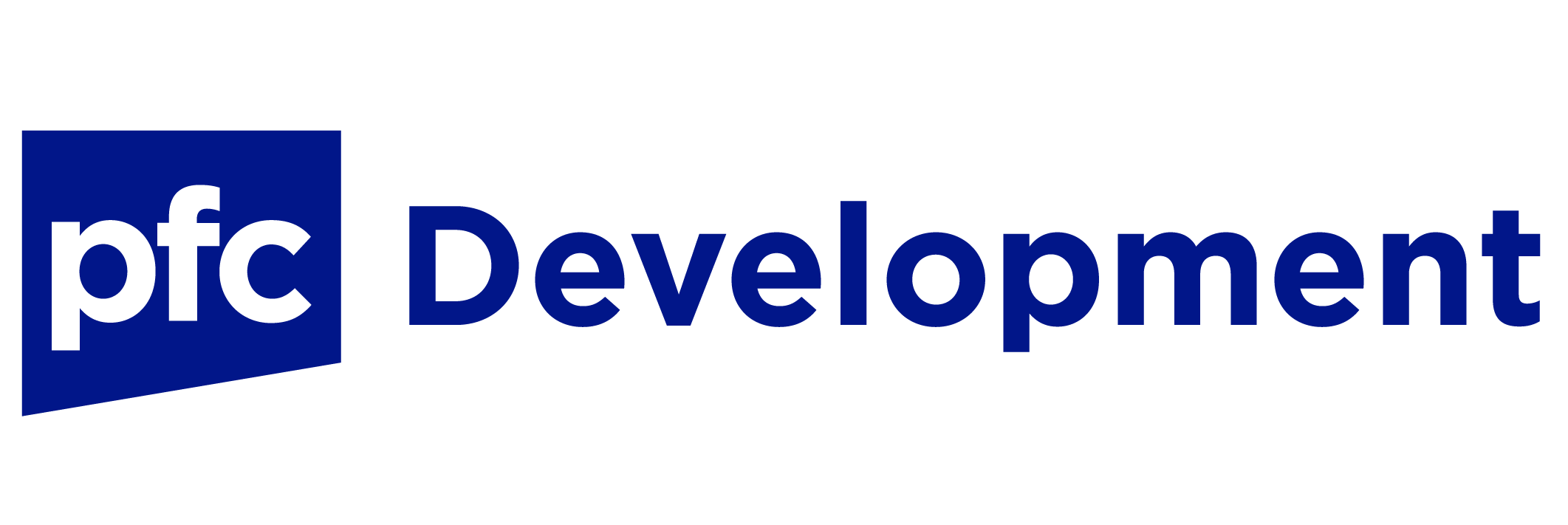If you’ve applied for a car loan or a mortgage in Guam lately, you’ve probably heard someone mention your credit score. It’s also likely you’ve read articles or blog posts about how to improve your score.
By now, you might know that paying bills on time and keeping credit card balances and other debt under control can move the needle in the right direction. But that’s only skimming the surface. To figure out the best way to improve your credit score as a Guam resident, it’s a good idea to learn how it’s calculated. Personal Finance Center, with locations in Tamuning and Dededo, is here to do just that.
What is a Credit Score?
A credit score is a number assigned to all adult consumers. It’s compiled from several financial factors and attempts to measure how responsible you are financially and how likely you are to repay a loan.
The most widely used score is from a company called FICO, which rates consumers on a 300 to 850 scale. If your score is much below 650, you’ll pay high rates on loans and credit cards, if you qualify at all. Once you reach 700 or so, you’ll get the best interest rates. FICO scores aren’t just used by banks and other lenders. Insurance firms, landlords and even employers also use them to help determine how responsible you are.
Three agencies provide scores to the public – Experian, Equifax and Transunion. You can also get scores from many websites, including AnnualCreditReport.com.
Credit Score Criteria
Figuring out your credit score is a lot harder than, say, computing a student’s grade point average or a car’s fuel mileage. By one estimate, about 36 billion pieces of data are used to create scores for 220 million American consumers. Here are the main factors:
- Payment History
- Weight: 35% of score
- Explanation: It’s no secret that overdue bill, loan and credit card payments are score killers. But ratings firms dig even deeper and factor in how late your payments were, how much was owed, and how recently you missed a payment. Bankruptcies and foreclosures are also considered.
- Tip: We all spend our money on various things making it easy to forget payment due dates. At Personal Finance Center, we make it clear which bill payments are due at what time so you don’t have to worry about them.
- Amount Owed
- Weight: 30% of score
- Explanation: It’s not quite as simple as keeping your debt in check. Credit agencies compare your total debt to the amount of borrowing power available to you. They examine how close you are to limits on credit card limits and instruments like home equity lines of credit. If you have a cushion that allows you to quickly access money, you’re considered to be a better credit risk.
- Tip: Don’t max out your credit cards. Aggressively pay down your balances. And consider applying for a card with a lower interest rate. Also, think twice before cancelling a credit card. While that might reduce your temptation to spend, you’re also eliminating some of the credit cushion that the rating agencies value.
- Length of Credit History
- Weight: 15% of score
- Explanation: Rating firms look at how long your oldest accounts have been open. They want evidence you’ve reliably made on-time payments over a lengthy period. Young people – especially those with student loans -- are often wary about adding debt. But avoiding it completely also isn’t the best idea.
- Tip: You can certainly start to build your credit rating by paying bills on time. But you should also look to take on manageable debt, perhaps with a credit card geared toward people building a credit history or a modest auto loan.
- Current Credit Mix
- Weight: 10% of score
- Explanation: Not all debt is the same. Credit cards are known as revolving debt, since you draw on money as you need it, pay it back, and then use it again. Auto loans and mortgages are examples of installment loans, where you borrow once and then make monthly payments. Creditors like to see that you’re able to manage multiple types of loans.
- Tip: if you want to improve your credit mix, a home equity line of credit is another revolving loan option. Similarly, a regular home equity loan is a solid installment loan choice. Either one can give you resources to renovate your house, buy new furniture, or take a special trip.
- New Credit
- Weight: 10% of score
- Explanation: Rating agencies don’t look only at how many credit cards and outstanding loans you have. They also look at how many you’ve applied for recently. A flurry of new activity can be a sign of personal financial trouble.
- Tip: At Personal Finance Center, we certainly want to be your go-to destination for loans. But we also care about your overall financial health. If you want to talk about your credit score or get financial counseling, just contact us or visit one of our two locations.




